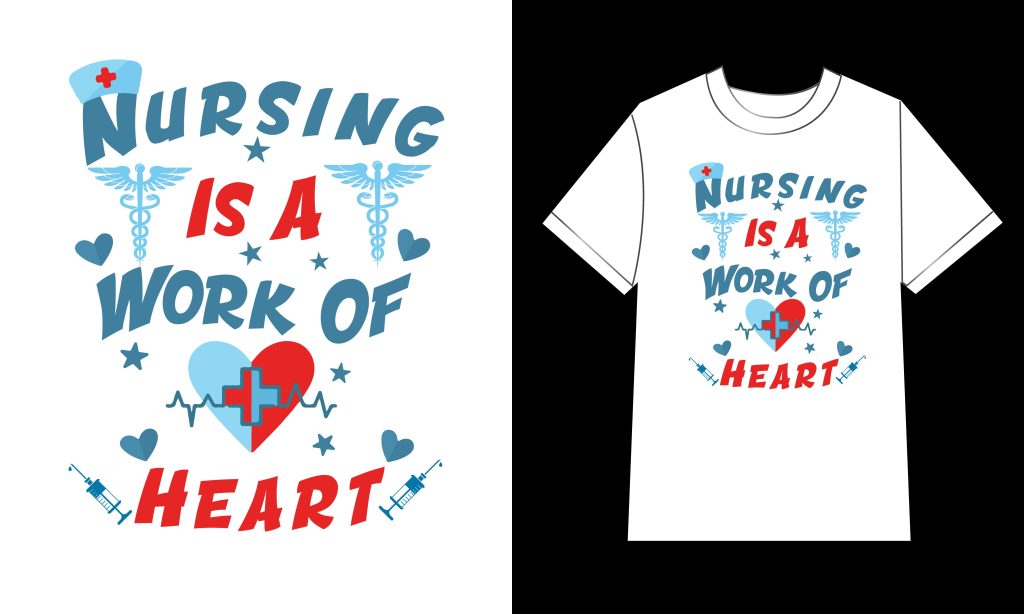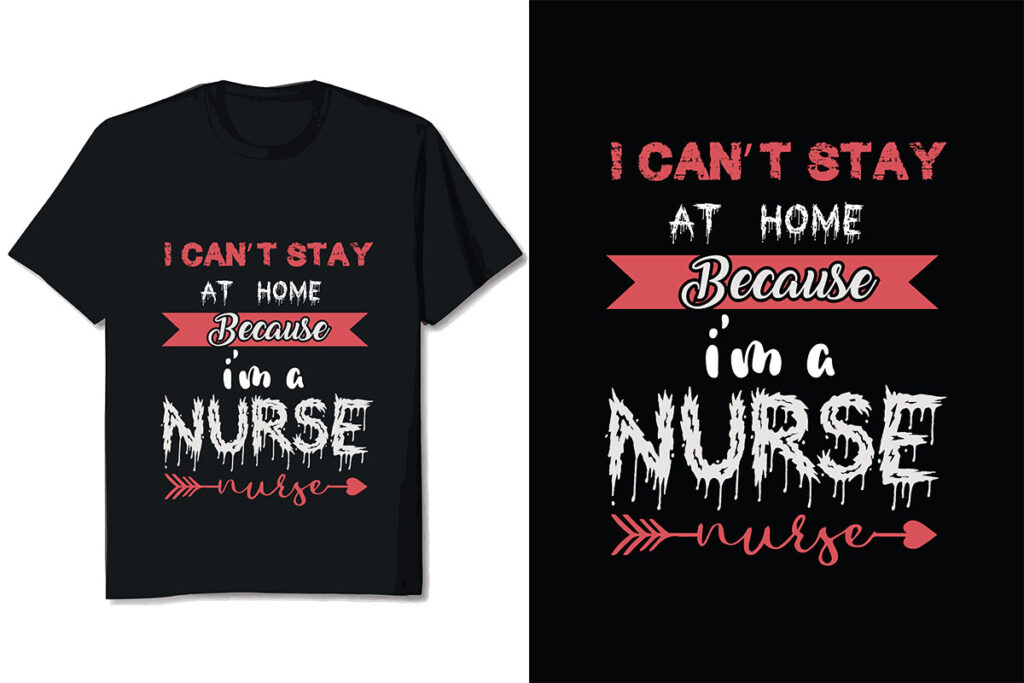DTF Supplies are revolutionizing the printing landscape, especially in the custom apparel sector, where vibrant, high-quality transfers are in high demand. Direct-to-Film (DTF) printing utilizes a unique process that allows for stunning designs to be transferred onto textiles, making it an essential technique for both hobbyists and professionals alike. To achieve impeccable results, understanding the vital components of DTF supplies is crucial, including transfer film, DTF inks, and adhesive powders. Furthermore, mastering the use of a heat press machine can significantly enhance the durability and visual appeal of your prints. As you dive into the world of DTF printing, equipping yourself with the right supplies will open doors to endless creative possibilities.
When exploring the realm of Direct-to-Film printing, you’ll encounter a variety of essential materials crucial for successful custom designs. This innovative printing method heavily relies on specialized film, vibrant inks, and bonding agents to ensure that each transfer adheres flawlessly to the fabric. Key aspects such as the transfer material’s quality and the reliability of heat application equipment, like a heat press, play pivotal roles in the printing process. In addition, understanding the formulation of the inks used, typically water-based for optimal brightness and longevity, is essential for producing designs that stand the test of time. Embracing these integral elements can significantly elevate your DTF printing experience and output.
Understanding DTF Printing Essentials
DTF printing represents a revolutionary approach in the custom apparel industry, allowing for both versatility and vivid color reproduction. The key to a successful DTF printing project lies in understanding the essential components such as DTF printers, transfer films, and DTF inks. Each element plays a distinct role, from the quality of the print produced by specialized DTF printers to the compatibility of transfer films that ensure the prints adhere properly to fabrics. This foundational knowledge forms the backbone of your DTF printing journey, ensuring you can maximize the quality and effectiveness of your designs.
Moreover, being aware of the specific requirements of DTF supplies can prevent common pitfalls, such as poor adhesion of prints or subpar color vibrancy. High-quality transfer films, made from PET material with optimal thickness, serve as the canvas for your prints. DTF inks, which are specifically formulated for the process, must also be selected with care to ensure vibrant and durable results. Understanding these essentials equips you to tackle various projects confidently, whether for personal use or in a small business scenario.
Choosing the Right DTF Supplies
When venturing into DTF printing, selecting the right supplies is crucial for achieving professional results. A reliable printer designed for DTF applications should be at the top of your list. Brands like Epson and Mimaki offer specific models that cater to DTF technology, ensuring superior color accuracy and print quality. Alongside the printer, the importance of transfer films cannot be overstated, as they are pivotal to the transfer process. Ensure your transfer film is of high quality with the correct coating to hold the inks effectively.
To complement your printing setup, DTF inks should be chosen based on the desired vibrancy and durability. Water-based pigment inks often deliver the best results, providing excellent washability and bold colors that do not fade easily over time. Coupled with the suitable adhesive powder, which bonds the ink to fabric during heat pressing, your choice of supplies can drastically influence the outcome of each project. Investing in high-quality DTF supplies ultimately saves time and resources, allowing you to produce superior designs consistently.
The Role of Adhesive Powder in DTF Printing
Adhesive powder is an essential component in the DTF printing process, as it ensures that your designs adhere firmly to the fabric during the heat-pressing procedure. The application of hot-melt adhesive powder is critical; it should be evenly distributed over the printed film before the heat is applied. This process guarantees a robust bond between the ink and the intended material, resulting in high-quality, long-lasting prints.
Choosing the right type of adhesive powder will greatly influence the effectiveness of your DTF transfers. High-quality powders provide strong adhesion across various fabric types and maintain their bond after multiple washes. As you refine your DTF printing technique, understanding the importance of adhesive powder will enhance your overall print quality and durability, making it a vital topic for anyone serious about diving deeper into DTF printing.
Optimizing Heat Press Usage for DTF Printing
The heat press machine is a critical element in the DTF printing process, and understanding how to optimize its use can dramatically affect the quality of your final products. Unlike traditional methods, DTF printing requires a consistent application of heat and pressure, necessitating a heat press that allows for adjustable temperature and pressure settings. A flat press is generally more effective, offering even pressure distribution that minimizes the risk of uneven transfers.
Before beginning a production run, it’s vital to perform test presses on sample fabrics to establish the ideal settings for your materials. This preparation helps prevent issues like inadequate adhesion or transfer degradation, ensuring a streamlined workflow. Adequate training on your heat press machine and ongoing maintenance will help you achieve consistently high-quality results in all your DTF printing endeavors.
Compatible Fabrics for DTF Transfers
Selecting the right fabric is essential for successful DTF transfers, as certain materials react more positively to the transfer process. DTF printing works exceptionally well on fabrics like cotton, polyester, and blends. These materials readily accept the inks and adhesives, allowing for vibrant designs that withstand wear and washing. Conducting trials on different fabric types will help you identify which substrates yield the most impressive results.
Besides the base fabric, it’s important to consider factors like fabric weight and texture, as they can influence the overall transfer quality. Lightweight and smooth fabrics typically provide better results, while textured or heavier materials may require adjustments in technique. By experimenting with various types of fabrics, you can broaden your offering, ensuring your DTF prints stand out in the marketplace.
Staying Ahead with DTF Printing Trends
The DTF printing landscape is rapidly evolving, and keeping abreast of industry trends can give you a competitive edge. As more DIY enthusiasts and small businesses pivot towards DTF due to its affordability and versatility, understanding how to leverage current technologies will enhance your printing capabilities. New developments in ink and printing technologies are being introduced regularly, which can significantly streamline your workflow and improve the quality of your products.
Engaging with the DTF printing community through forums, workshops, and online tutorials can provide valuable insights into best practices and emerging trends. As innovation in heat press machines and adhesive powders continues to evolve, staying updated on these developments will not only benefit your own projects but also empower you to offer trendy and high-quality clothing products that meet customer demands.
Frequently Asked Questions
What are the best DTF Supplies for high-quality prints?
To achieve high-quality DTF printing, essential supplies include a reliable DTF printer, specialized transfer film, compatible DTF inks, hot-melt adhesive powder, and a versatile heat press machine. These components work together to ensure vibrant and durable transfers on custom apparel.
How do I select the right transfer film for DTF printing?
When choosing transfer film for DTF printing, look for films made from PET material with a recommended thickness of 100 microns. This thickness ensures durability and optimal adhesion of DTF inks, allowing for a successful transfer that withstands the heat from the heat press machine.
What types of DTF inks should I use for the best results?
For the best results in DTF printing, opt for high-quality water-based pigment inks that are specifically formulated for DTF printers. These inks provide excellent color vibrancy, washability, and compatibility with your printer model, ensuring long-lasting prints.
How is adhesive powder used in DTF printing?
Adhesive powder is a crucial element in DTF printing, used to bond the ink from the transfer film to the fabric during the heat pressing process. It must be evenly applied over the printed film before the heat press is used, ensuring strong adhesion and durability of the transfer.
What features should I look for in a heat press machine for DTF printing?
When selecting a heat press machine for DTF printing, consider models with adjustable temperature and pressure settings. A flat press is typically more effective, as it provides even pressure across the transfer area, which is vital for achieving quality adhesion and transfer results.
What fabrics work best for DTF transfers?
DTF transfers typically perform best on fabrics such as cotton, polyester blends, and synthetic materials. It’s advisable to conduct tests on various fabrics to find those that yield the best results with your DTF printing setup, ensuring high-quality and durable applications.
| Key DTF Supplies | Description |
|---|---|
| DTF Printers | Reliable printers specifically engineered for DTF printing that offer high-resolution prints. |
| Transfer Film | PET material film essential for proper ink adhesion, usually 100-micron thick for durability. |
| DTF Inks | Water-based inks formulated for DTF, with pigment inks preferred for vibrancy and durability. |
| Adhesive Powder | Hot-melt adhesive that bonds ink to fabric during heat pressing, important for strong prints. |
| Heat Press Machine | A reliable machine with adjustable settings, crucial for achieving proper transfer quality. |
| Compatible Fabrics | Best results on cotton, polyester blends, and synthetics; testing fabrics is advised. |
| Proper Workflow Understanding | Understanding setups, temperature settings, and the curing process enhances printing success. |
| Maintenance and Best Practices | Regular maintenance routines for printers and heat presses ensure consistent output quality. |
| The Rise of DTF Printing | Growing popularity among DIYers and small businesses due to lower startup costs and flexibility. |
Summary
DTF Supplies are essential for anyone venturing into Direct-to-Film printing, a method that combines creativity and efficiency in custom apparel production. With the right printer, transfer film, quality inks, adhesive powder, and heat press, you can achieve vibrant and durable designs. Understanding each component and its role not only enhances print quality but also streamlines the workflow. As DTF printing gains traction among DIY enthusiasts and small businesses, knowing how to effectively utilize these supplies will give you a competitive edge in the market. Embrace the evolving landscape of DTF printing and watch your creative ideas come to life.



